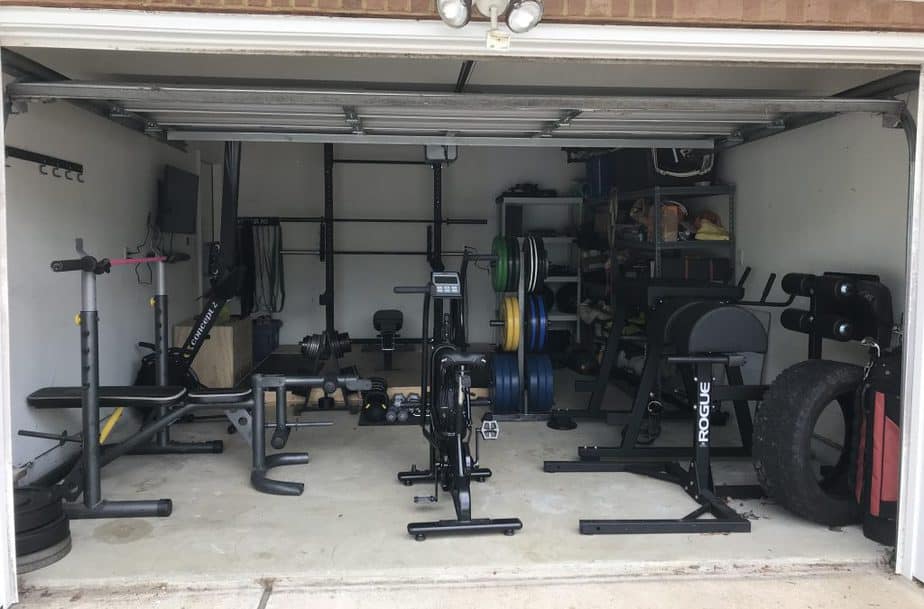
Working as a professional trainer in a commercial gym can be monotonous and uninspiring, especially when the conditions are not ideal. Most individuals in this condition tend to throw in the towel, after gruelling months and years of putting in the hard work with little or no results forthcoming. This experience tends to be accompanied with the feeling of despair. Such trainers feel like they are not living up to their potentials. To make matters worse, the fees may be discouraging – not able to make ends meet. At this point, it is time to consider starting in-house personal training.
First Step to Launching In-House Personal Training
Luckily, there is a place to start with – the home. But if this isn’t convenient, then using one’s client’s apartment during sessions would do. Once the space is in place, the other thing to worry about is the equipment to use for training. But that is not all; it is essential to have an insurance policy or coverage to protect oneself and the newfound start-up. Why work at the gym, where underappreciation and degradation are the order of the day? Starting in-house personal training has its reward. A personal trainer doesn’t have to split earnings with the gym owner, taking a meagre pay home.
Training Equipment Required
Workout sessions and routines will not be possible without the availability of gym equipment. Of course, this is an early phase, so no one is expecting high-end gear and kits. But if they are available, use them. What matters is having the right training equipment for the workout session. Even if such items are not state-of-the-art, they should be up to standard. And yes, there is no need to have tons of training kits at the moment – just have the required ones.
What pieces of equipment are necessary for a workout session? The first one to look into is dumbbells. These kits range from 5 pounds to more than 100 pounds. However, as a beginner, start with those within 5 and 30. Kindly bear in mind that this is dependent on the type of workout and the client. For professionals who do power training, there is a need to get higher weight classes.
Barbells or body bars are another set of equipment worth having. Ideally, for a start, they should be within the range of 10 pounds and 40 pounds. Resistant bands should not be left behind. They range from green, which is most likely the easiest category, to black, which is the hardest. Of course, it is essential to have an elevated pedestal, one which a trainee can use to increase and decrease in height. For stability training, Bosu® balls are must-haves. Kettlebells also aid in workout sessions. They can range from 5 to 25 pounds.
If the workout sessions involve more ground exercises, it is ideal to have a padded platform, such as a mat, to aid such activities. With the training kits discussed above, it is easy to launch in-house training. Besides, they take less space in the room. However, for heavy weightlifters, such items will be insufficient.
Ideal Workout Space
If workout sessions will take in one’s apartment, then there will be a need to create sufficient space to undertake such activities. Generally, such training area should not be less than 10’ x 10’. The best start will be 15 feet. The essence of having adequate training area is to aid side-to-side movements. As such, the trainer and the trainee don’t feel clustered in the home. Unlike weightlifting activities that take up less space, functional workouts require more room to execute routines. Some trainers prefer outdoor exercises to increase mobility. This strategy support exercises, such as Yoga.
Insurance Is an Essential Aspect
One must-have for every personal trainer is a liability insurance coverage. Trainers working at commercial gyms don’t have to worry about this factor, as the gym owners cover such costs. However, once they decide to go solo, it becomes expedient to purchase liability insurance. This policy protects the trainer from unforeseen legal issues that may arise in the course of training. It is worth noting that having personal training contracts is not enough to prevent a lawsuit. An injury is sufficient to jeopardize several years of hard work, especially if the client or trainee decides to press charges. For this reason, it is recommended to get a liability insurance policy, which is the minimum coverage recommended. This coverage will prevent the trainer from going bankrupt and losing personal belongings if there is a lawsuit.
Several insurance agencies are available within the state of residence. They provide insurance coverages that are sufficient enough to protect one’s business. However, it is vital to scrutinize them before making contact. Organizations that provide personal training certification forms also offer personal trainer insurance. However, this comes at an additional cost. Such big shots include American Council on Exercise (ACE) and National Academy of Sports Medicine (NASM).
With these companies, a personal trainer gets an insurance coverage of $1 million per year, medical bills inclusive. But kindly note that this comes at a yearly fee of $150. There are other personal training insurance policies available as well.
In Summary
In-house personal training provides an ideal platform to make much money, while providing clients with the best one-on-one workout experience. In truth, in-house personal trainers rake in earnings that are three times more than those of their commercial gym counterparts. It is time to pave a noteworthy career path and earn a decent living. And in-house personal training is the right career for the task.
In-house personal trainers decide their schedules – when they want to work and how they wish to work. However, the beginning isn’t always sunshine and rainbows. Some of these individuals find it challenging to get enough clients. However, with the right strategy, such a goal is achievable. The individual has to work on specific skillsets, like marketing and networking. But for those who have been around long enough, it is not difficult to get awesome, paying clients.






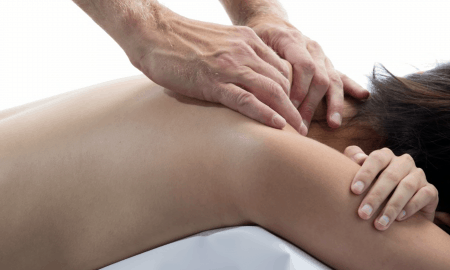


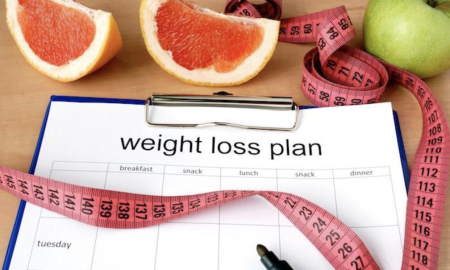
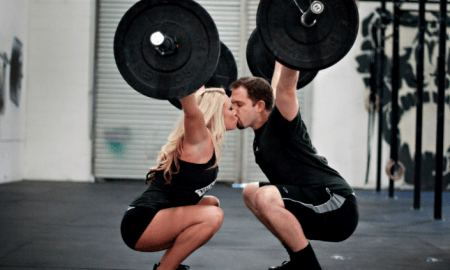
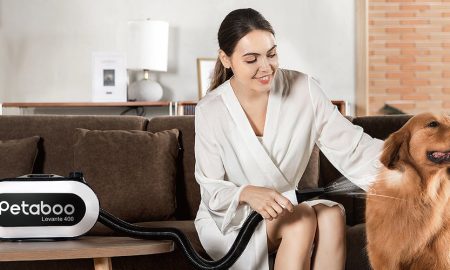
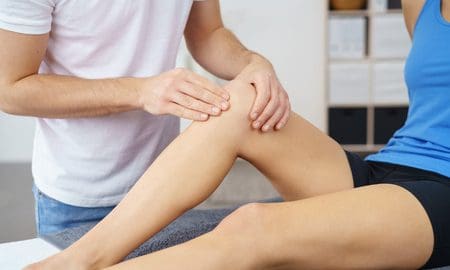

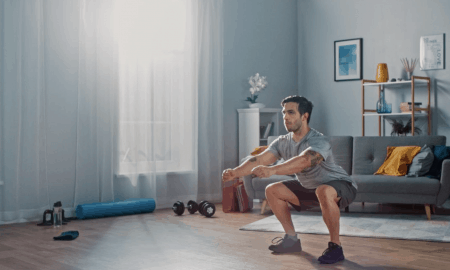
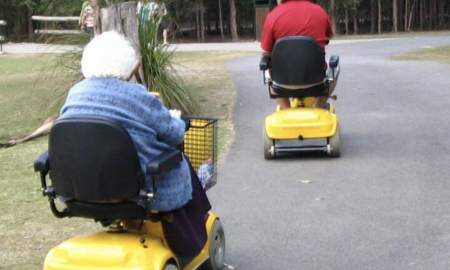


Follow Us